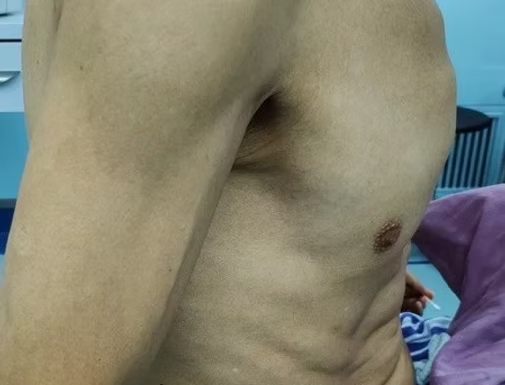Pectus carinatum is a notable chest wall deformity that affects many individuals worldwide. Commonly referred to as pigeon chest, this condition is distinguished by an outward protrusion of the sternum and adjacent ribs. The Institute of Chest Wall Surgery (ICWS) provides valuable insights into this deformity, helping to raise awareness and improve patient care.
What Is Pectus Carinatum?
Pectus carinatum presents itself through a noticeable bulge on the front of the chest. This protrusion can take various shapes, including ridge-like, hull-like, peak-like, or even spherical forms. In some cases, the deformity is accompanied by indentations on the sides or lower parts of the chest wall. Such visual differences often lead to concerns about physical appearance and can affect a person’s confidence. Understanding the nature of pectus carinatum is essential for early diagnosis and management.
Causes Behind Pectus Carinatum
The exact causes of pectus carinatum remain under study; however, it is generally believed to result from abnormal growth of the cartilage that connects the ribs to the sternum. This uneven growth causes the sternum to push outward. Genetic factors may also play a role, as the condition sometimes runs in families. While pectus carinatum can be present at birth, it often becomes more apparent during childhood or adolescence as the chest wall develops. The Institute of Chest Wall Surgery (ICWS) emphasizes the importance of recognizing these causes to guide appropriate treatment options.
Conclusion
In summary, pectus carinatum is a distinct chest wall deformity characterized by the protruding sternum and ribs. Thanks to organizations like The Institute of Chest Wall Surgery, awareness about the causes and features of this condition continues to grow, facilitating earlier intervention and better patient outcomes.
